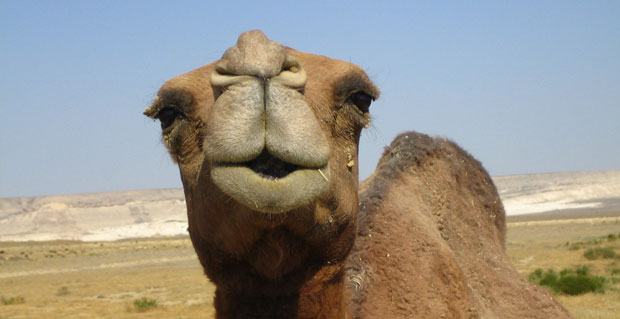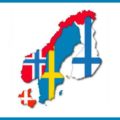According to the World Bank, the production, processing and use of energy is responsible for 85% of greenhouse gas emissions in the Middle East.
The World Bank is therefore anxious to promote energy saving projects in the region. Low carbon technology, hydropower, solar energy and biomass fuel are examples of what the bank and other interested parties want to see. LED lighting has also come to the fore as a highly efficient and versatile way of helping energy-saving schemes.
Middle East energy-saving initiatives
The Middle East region covers a broad geographical area. However, many countries within it know the potential of LED light bulbs to contribute to energy-saving initiatives.
Cairo Tower
In 2009, the Cairo Tower, one of Egypt’s most famous landmarks, received a facelift. This came in the form of colour-changing LED light bulbs. The bulbs extend the full height of the tower and emphasise the distinctive latticework exterior. What’s more, the system uses 80% less electricity than standard lighting.
Qatar’s energy-saving video display
Visitors to Qatar may well have seen the Aspire Tower in Doha. The building is notable for the huge video screen wrapped around it.
A standard screen of such a size would have been costly to run. But the screen on the Aspire Tower uses energy-saving LED technology. It also produces images of outstanding quality.
Energy-saving street lights in Saudi Arabia
Like most other Middle Eastern countries, Saudi Arabia has a lot of sun. In some areas of the country, the local authorities are capitalising on this and introducing solar-powered street lights.
To make these street lights as effective as possible, LED light bulbs have proven to be the most suitable choice. LED light bulbs are low power, require little maintenance, and yet cast a strong, pleasant light. In Saudi Arabia, outdoor, solar-powered LED light bulbs are now an accepted energy-saving alternative to traditional lighting systems.
LED lighting in Kuwait
In Kuwait, the Avenues Cinema uses energy-efficient lighting to create a spectacular effect in the foyer, where colour-changing LEDS light the large columns. The aim is to excite filmgoers and generate a feeling of anticipation.
Elsewhere in Kuwait, 12.8 million LED light bulbs provide the light for 28 display screens at the Stock Exchange. Using LED light bulbs in such an installation not only saves energy. The LED light bulbs give off very little heat. This means the air-conditioning system for the trading floor of the Stock Exchange can use a minimal amount of power.
Energy saving in Dubai
In Dubai, architectural lighting is a feature of many buildings. Within the past few years, Dubai architects and designers have consistently chosen energy-saving LED light bulbs for the latest construction projects.
For example, Dubai hosts the world’s largest shopping centre. Here you can find a number of LED lighting systems, including specially created fittings illuminating the fashion catwalk. And next door to the shopping centre is the Burj Dubai Lake Tower Hotel. The hotel foyer alone has 5,200 one-watt LED light bulbs.
The above are just a sample of LED projects across the Middle East. The region is building a reputation for energy-saving initiatives, and not surprisingly, LED lighting is leading the way.




